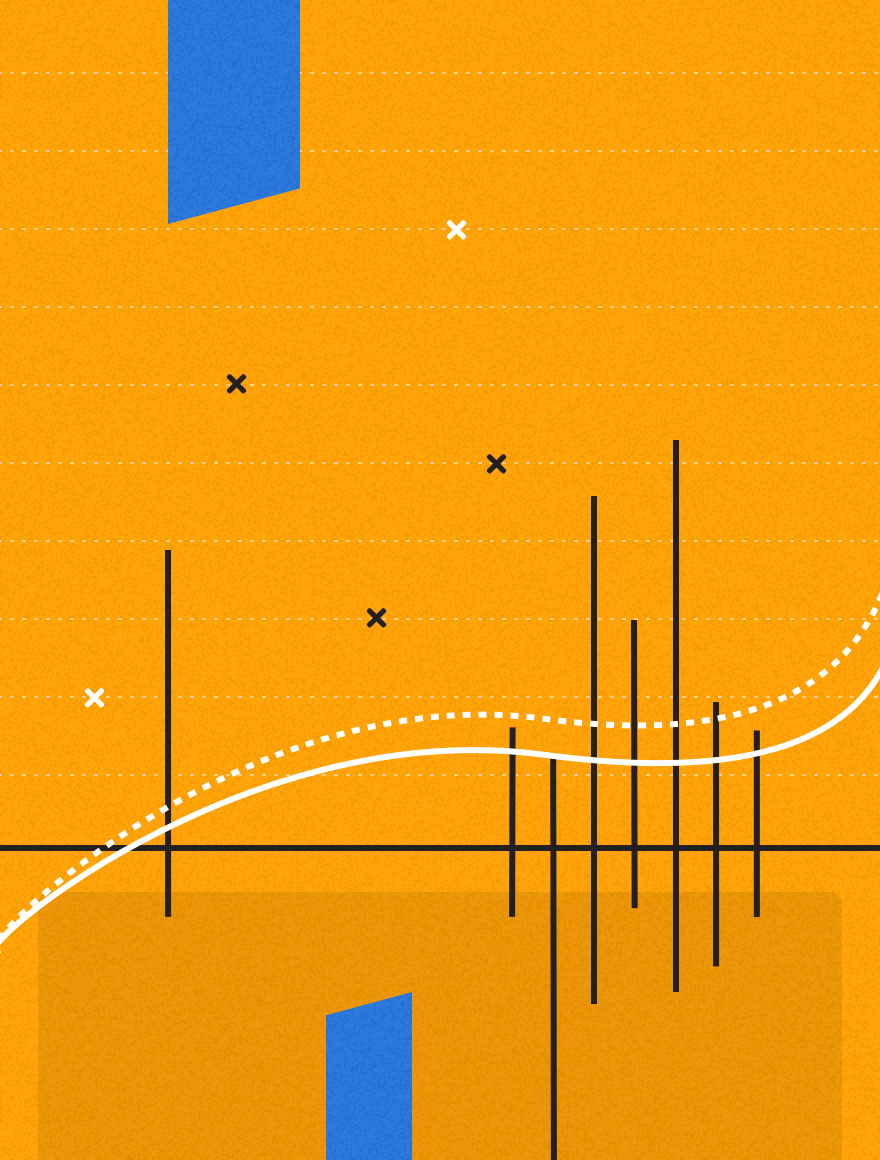The COVID-19 pandemic has forced brands to evolve rapidly to accommodate a shift in consumer buying habits and for the high-street, it has been particularly impacted with store closures, limited-capacity re-openings and enforced requirements for hygiene measures.
The impact on the high-street shopping experience for consumers can lead to both positive and negative reactions. Excessive queuing times to enter stores, over-crowded areas that cause concerns for safety, the need to scan QR codes or check-in, a ready supply of hand sanitizer and wipes, masks for those that have forgotten, or perhaps a maskless approach altogether. Whatever measures you’ve put in place, you’re not always going to get it right for everyone.
But how do your customers feel about the changes? How is the shopping experience being impacted? How have your traditional in-store VIP customers been impacted by online methods of buying? How are they coping with curbside pickup or click and collect purchase methods?
For brands looking to better understand the sentiment of their customers during this testing time, they can improve customer experiences by using the emotional insights gained through Voice of Customer (VoC) programs, and making this data actionable within their marketing campaigns. Whilst many businesses and customer service teams use Voice of Customer software or survey tools to run NPS or CSAT programs, many are not then making that customer feedback data available to the marketing teamwhen they’re segmenting audiences for campaigns or automating always-on customer journeys. This leads to mistimed communications to disgruntled customers and a less-than-optimized customer experience.
Unified data to optimize the Customer Experience
To accurately understand your customers, you need to evaluate both direct and indirect customer feedback. Marketers have a wealth of first, second and third party data at their disposal to be able to target the right customer with the right message. From website behaviors and purchases to cart abandonments and loyalty data, marketers can make a pretty good guess of which customers are engaged, high value and frequent spenders, but also which are at risk of churn – and then personalize offers and communications for each customer segment. However, this doesn’t help to know who has had a recent good or bad experience, who values your brand ethics, and therefore may be a disgruntled VIP.
Real-time customer feedback
Voice of Customer software, like Rant & Rave, helps you to collect essential feedback and emotional sentiment from your customers through a variety of channels and creates two-way conversations that ensure you get the feedback you need, in the moment. Across SMS, email, web, in-person, and over the phone, Rant & Rave creates carefully designed programs that are optimized to elicit positive and negative feedback in the most optimal way. It then structures that data to enable the sentiment and feedback to be used within a CDP or other marketing database. Through reporting, dashboards and VoC analytics, it provides you with all the data you need in a clear and concise way to make positive CX decisions. That structured direct feedback can then be fed to the Upland BlueVenn CDP providing the marketing team with those insights to power segmentation and personalization.
Here are some use cases for why you should make their Voice of Customer data actionable within their marketing campaigns and customer journeys:
- Understand customer sentiment within your existing customer segments
- Understand the revenue impact of poor CX across VIP customers
- Understand how CX impacts your bottom line
- Halt communications that could compound a negative CX and speed up churn
- Create a next best action model for customers using real-time customer feedback
- Gain a deeper understanding of the customer journey and identify future points of contact
If you’d like to understand how Upland can help your organization to inject CX metrics and VoC data into your marketing campaigns then get in touch or request a demo.
